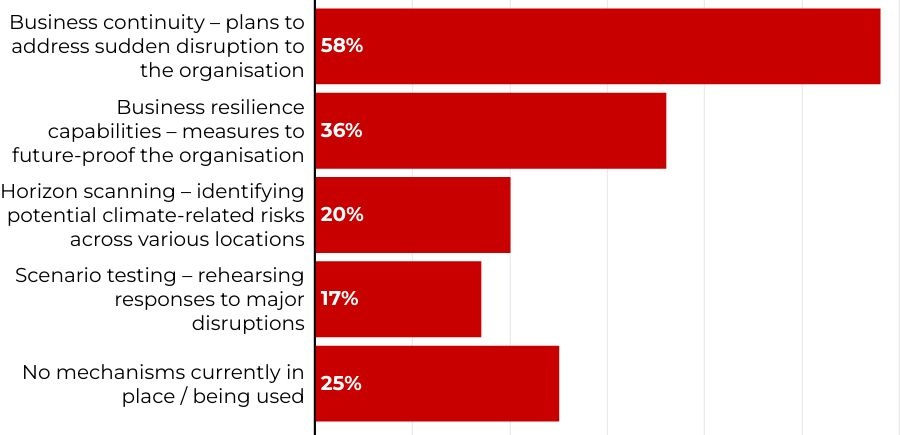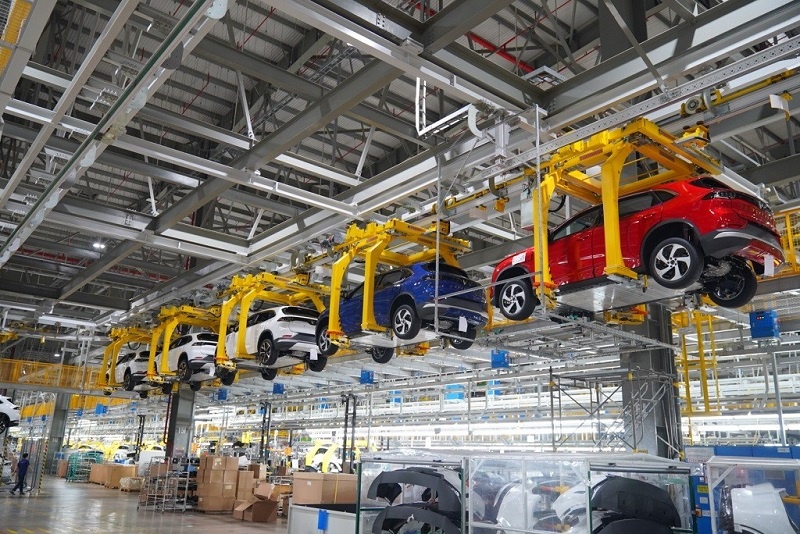Vietnam takes full turn to renewables by 2050
 |
| Vietnam is one of 48 countries targeting 100 per cent renewable energy by the year 2050 , Photo: Shutterstock |
Vietnam has a remarkable development record over the past 30 years, with an annual average growth of over 6 per cent over the past two decades. With a strong economy performing well, GDP is estimated to have increased by 7.1 per cent (year-on-year) in the first half of 2018.
 |
| Dao Xuan Lai, UNDP assistant country director and team leader of Climate Change and Environment |
The government is pushing for productivity growth in order to achieve sustainable economic development and also meet commitments made on climate change to the global community.
In fuelling this economic growth, Vietnam has utilised substantial reserves of fossil fuels and hydro resources. The country’s power capacity, which is a combination of hydro and fossil fuel plants, has expanded significantly in recent years due to heavy government investment, with a large portion of the investment going towards hydro power. As continued economic growth requires further expansion of the energy sector, Vietnam has become a net coal importer, which may lead to long-term risks concerning energy security.
Vietnam currently lags behind many other countries in utilising renewable energy. The proportion of renewable energy used is very small, although the country has significant renewable energy potential, particularly in solar photovoltaic and wind. By increasing the use of renewable energy sources and enhancing energy efficiency, Vietnam can reap significant long-term benefits in terms of economic growth, energy security, and greenhouse gas (GHG) emission reduction.
It is estimated that Vietnam can generate up to 85,000 megawatts (MW) of solar photovoltaic power and can generate more than 21,000MW of onshore, near-shore and further offshore wind energy. Some studies even believe that a higher production of wind energy is possible. This could deliver almost as much power as the current capacity of 129,500 gigawatts by 2030.
The potential may be even greater because solar photovoltaic and wind power can be combined with other forms of land use, and the use of wind power may expand across many regions. There is also additional potential for biomass-based power, which would, for example, reduce the need for landfill waste, and other forms of clean power generation.
Furthermore, Vietnam’s energy use compared to neighbouring countries in the region is at a high level. There is the potential for saving on electricity with energy efficiency potentially contributing to 7 per cent saved year-on-year through to 2035. Energy efficiency measures can remove some 67 million tonnes of CO2 by the year 2035 and deliver additional benefits for the environment. The manufacturing sector offers the greatest potential for savings to be made. Many industries could enjoy significant savings with sectors such as cement production estimated to be able to save 40 per cent based on present day consumption and output.
Although the government may have concerns regarding capital investments for a transition towards renewable energy, the answer is that capital is readily available.
Firstly, a recent United Nations Development Programme (UNDP) study found that businesses and the private sector are ready and willing to invest, with a least $10 billion immediately available if some policy hurdles and other barriers were removed. Secondly, the falling cost of renewable energy has been a global trend over the past years and looks set to continue into the foreseeable future.
The rapid advancement of technology and the economic scale of deploying renewable energy has seen the cost of producing renewable energy driven down year after year. For solar power, the US state of Arkansas has seen the cost of energy reduced to as low as 5 US cents per kilowatt-hour (kWh).
Furthermore, the cost of producing renewable energy is already competitive when compared with the cost of fossil fuel energy, particularly if all external costs (such as costs to the environment and to health) associated with fossil fuel are included. Mobilising private sector investment in renewable energy is essential.
The private sector possesses a large amount of capital, excellent research and development capabilities, access to cutting-edge technology and is frequently a catalyst for innovations. Leveraging private sector capital will also help to use some of the state budget for other priority development areas, such as education, health, and improved productivity to sustain economic growth.
The Intergovernmental Panel on Climate Change’s special report on the impacts of global warming of 1.5 degrees C shows that the current GHG reduction ambitions would not limit global warming to the 1.5 degrees C target set by the Paris Climate Agreement.
Evidently, we must act now in order to reduce GHG emission to zero by 2050 and avoid catastrophic climate change. To achieve this target, the world needs to make a paradigm shift towards 80 per cent renewable energy and 70 per cent electric vehicles by 2050. Such targets are reminiscent of an ambitious and inspiring commitment to use only renewable energy by 2050. The targets were made by 48 countries who are members of the Climate Vulnerable Forum, declared on November 18, 2016, in Marrakech of Morocco. As a member, Vietnam can feasibly make a significant contribution to the realisation of the forum’s desired commitment by gradually shifting to more renewable energy.
Vietnam is developing a new Power Development Plan for the period 2021-2030, and will start preparing the next 10-year Socioeconomic Development Strategy. With long-term and medium-term planning for 2021-2030 underway, this is an excellent opportunity to meet the country’s renewable energy ambitions and achieve the climate change targets.
It is now time for Vietnam to consider strategic investment decisions in renewable energy that are capable of transforming the power sector and to help the country become carbon neutral by 2050. The process of accelerating towards clean and green sustainable development must leave no one behind.
What the stars mean:
★ Poor ★ ★ Promising ★★★ Good ★★★★ Very good ★★★★★ Exceptional
 Tag:
Tag:
Related Contents
Latest News
More News
- VIR to host seminar on ESG integration (November 19, 2024 | 08:45)
- ESG implementation spurs bank progress (November 18, 2024 | 13:37)
- Green-digital transition must start with proper mindset (November 13, 2024 | 16:49)
- New Zealand shares sustainable development experience with Vietnam (November 13, 2024 | 15:55)
- Vietnam on the verge of green industrial revolution (November 12, 2024 | 15:57)
- VIR sustainable development conference opens in Hanoi (November 12, 2024 | 09:42)
- Taking the lead in dual transition for a greener Vietnam (November 11, 2024 | 17:00)
- Vietnamese consumers careful amid economic volatility (November 11, 2024 | 13:55)
- Quality must come first in chip mission (November 11, 2024 | 10:33)
- Vietnam's digital economy estimated to reach $36 billion in 2024 (November 07, 2024 | 13:52)

























 Mobile Version
Mobile Version